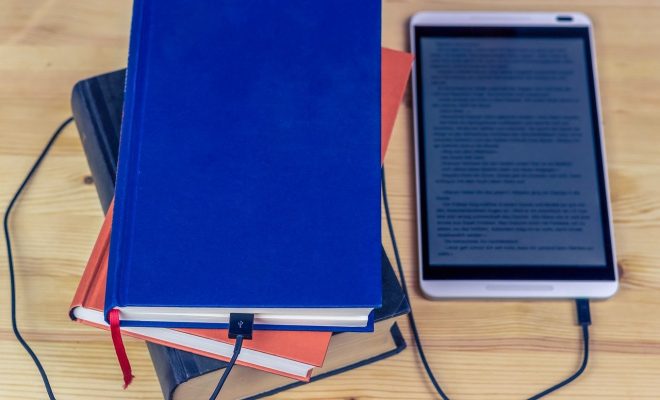Five Ways to Keep Preschoolers Active and Unlock Learning Potential

When imagining a preschool classroom, one may picture a loud classroom with yelling toddlers and toys strewn across the room mixed with some tears and tired teachers. That may very well be the scene to an outsider, but, deep within that classroom, flames of knowledge are igniting to shape the futures of those small humans who learn through activity. Harnessing a toddler’s learning potential may seem like an impossible task, but it is not. Parents participate in these activities more than they may realize.
Read-alouds
Read-alouds are stories children listen to as teachers or adults read them. With this type of active learning, students are decoding words, attaching meaning to those words, visualizing scenes in stories (with the assistance of graphics in the book), and are hearing the sounds of different letters. When preschoolers engage in this sort of activity, they interact with stories and learn about things from emotions to appropriate ways to handle different situations to self-care. Read-alouds further the learning experience by allowing children to ask questions and have a conversation about the book. This teaches preschoolers to self-assess their understanding of the story and the information they are learning.
Play therapy
Play therapy allows students to express their feelings through activities when words are not enough, or they cannot express such feelings. Play therapy also gives children an outlet for stressful situations they encounter or a way to explain what they know. While active, students can put themselves into different situations, real or imagined. Through these play activities, patterns may manifest. In doing so, teachers, parents, and students alike make sense of different events and learn about the child from their experiences.
Praise for Effort, Not Ability
While preschoolers are learning, praise for their efforts is far more important than praise for the ability. Preschoolers should not be praised for natural ability. By doing so, these young children learn that they can rely on the talents they have rather than developing weaknesses. Something that adults need to keep in mind is that children develop at different rates and mastery for some children comes easily while others need more practice and time. Children can also learn to recognize their mistakes and learn from them.
Fingerplay
Fingerplay was used long ago to teach children numbers, rhymes, and new words. Adults still use this approach today to teach children basic skills. When using this type of activity, students engage more than one sense. Multisensory learning makes the lesson more meaningful and incorporates different learning styles into one activity. Skills developed with fingerplay include visual perception, coordination, musical skills, and language development. The rhymes that are associated with fingerplay are sometimes used later on for children with dyslexia to build on their understanding of words, sounds, and reading to overcome their disability.
Feed Ambition
Feeding ambition in young children develops different parts of their brain. When children play pretend, they mimic people, professions, and scenarios. Through these activities, they share ideas and “the stage” with others, act out scenes, and use communication skills. Supporting this type of behavior allows young children to gain an understanding of the world around them and what the world may have in store for years to come. Instead of discouraging children from using their imagination, allow children to pretend to be doctors, teacher, chefs, etc. because this creates a base for future careers and aspirations. When a child can see themselves as a doctor, musician, or teacher, they develop necessary skills faster.
Preschool is a time of rapid and creative learning. During this time in a child’s life, he is making sense of the world through his interaction with the outside world. Showing children different ways to interpret the stimuli they come in contact with teaches them skills that are life long and create a foundation that can be revisited at any point of their lives.






